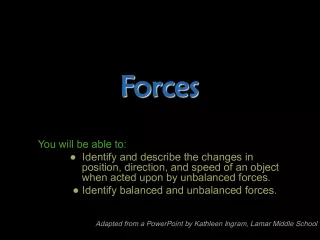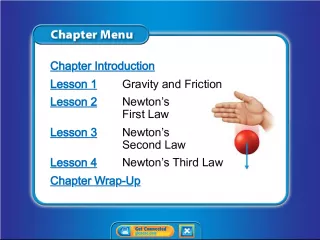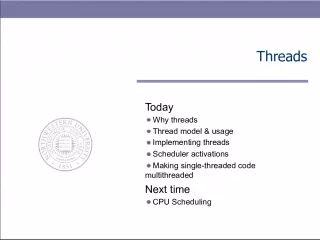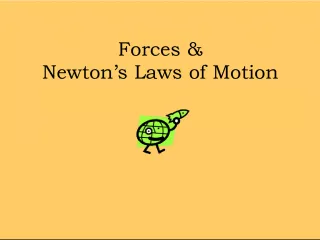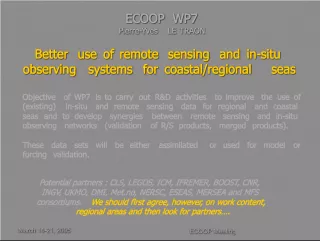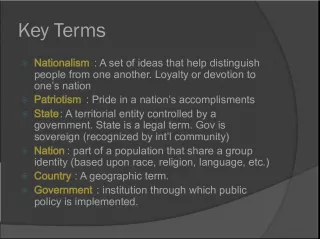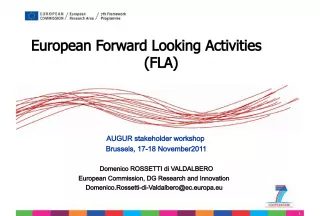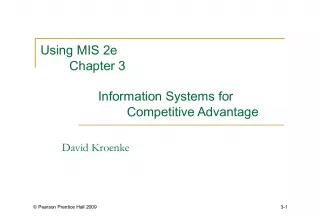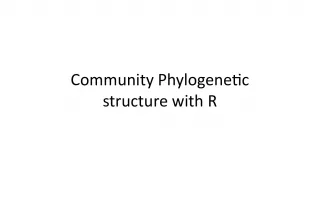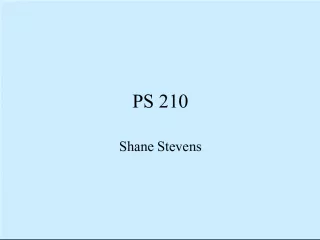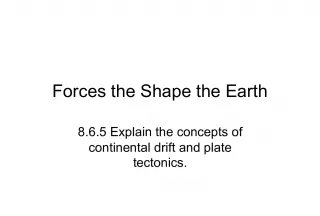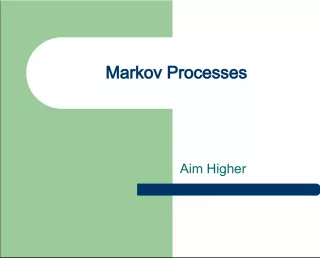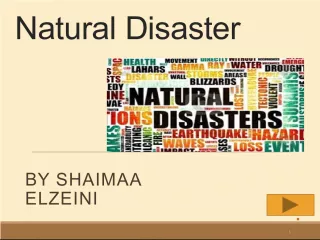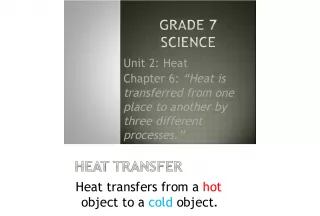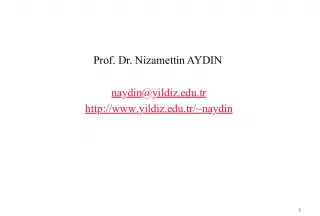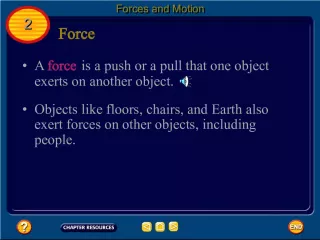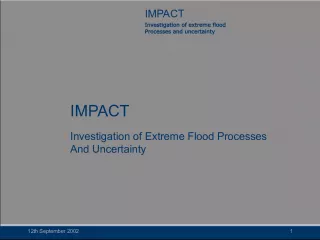Coastal Processes: Understanding the Forces Shaping the Coastline
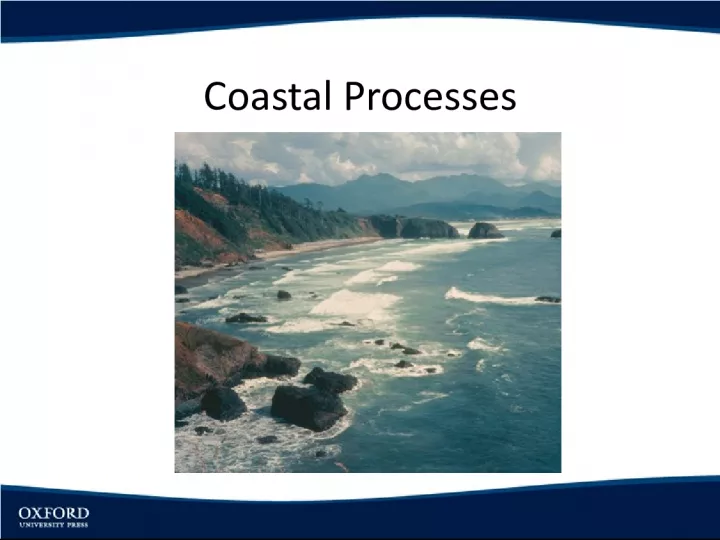

This article explores the physical properties and behavioral changes of waves approaching the coast, the role of waves in sediment erosion, transportation and deposition, tides and their impact on coastal erosion and deposition, and the effects of storms and crustal movement on coastal landscapes. Understanding these processes is crucial in managing the impact of human development on the coast.
- Uploaded on | 0 Views
-
 emmatorphy
emmatorphy
About Coastal Processes: Understanding the Forces Shaping the Coastline
PowerPoint presentation about 'Coastal Processes: Understanding the Forces Shaping the Coastline'. This presentation describes the topic on This article explores the physical properties and behavioral changes of waves approaching the coast, the role of waves in sediment erosion, transportation and deposition, tides and their impact on coastal erosion and deposition, and the effects of storms and crustal movement on coastal landscapes. Understanding these processes is crucial in managing the impact of human development on the coast.. The key topics included in this slideshow are Coastal processes, sediment erosion, tide, coastal landscape, human impact,. Download this presentation absolutely free.
Presentation Transcript
1. Coastal Processes
2. Objectives Examine Physical Properties of Waves Examine behavioral changes of waves approaching coast Explain the role of waves in sediment erosion, transportation and deposition Discuss tides and their role in coastal erosion and deposition Discuss effects of storms and crustal movement on coastal landscapes.
3. Coastal Processes Shape the landscapes along the coast Must understand processes shaping coast Impact humans More and more people moving to coast Coastal areas heavily developed Must learn to manage coastal areas Knowledge of coastal processes is management key
4. Waves Most important agent in shaping coastal landforms Size of waves depends on: Velocity Wind persistance Fetch Garrison, Oceanography An invitation to marine science
5. Wave Properties Height = vertical distance from crest to trough Wavelength = horizontal distance between successive crests or troughs Wave period = time required for two successive crests to pass a fixed point
6. Motion in Deep Water Waves Motion is orbital Waves with orbital particle motion termed waves of oscillation Particle motion ceases at wavelength
7. Waves Against the Shore Swells shoal as approach coastline Feel bottom at wavelength Wavelength decreases Wave height increases Wave particle motion becomes elliptical Wave breaks Swash and backwash move on beach
8. Wave Refraction Bending of waves as they approach coastline Part of wave in shallow area slows Part of wave in deeper area continues with higher speed Results in longshore current
9. Erosion of Coastal Headlands Wave refraction concentrates energy on headlands Sand accumulation occurs in lower energy bays Results in straightening of coastline
10. Shore Zone CurrentsRip Currents Rip Currents Strong narrow currents moving from beach to ocean May be identifiable through interruption of breakers and muddier sediment moving seaward
11. Shore Zone CurrentsLongshore Currents Currents moving along the coast set up by wave refraction
12. Longshore Drift The movement of sediment along the shoreline by longshore currents Beach drift is movement of sediment on the beach Swash moves sand at an angle up beach Backwash swash moves sand down the beach Groins and other structures used to interrupt drift and stabilize beaches
13. Tides High and low tides tend to widen beaches Tidal range is greatest in estuaries, bays, and lagoons Erode and deposit sediment Erosion occurs in narrow rocky bays with great tidal ranges Where currents slow down deposition takes place
14. Tides
15. Storms May modify coastal areas in short period Storm surges plus low atmospheric pressure result in increased sea level Wave aggressively attack coastal features High tides aggravate conditions
16. Crustal Movements Influence development of coastal features Tectonic activity leads mostly to raising and erosion of coast California, Oregon, & Washington are examples Some coastal areas are sinking due to accumulation of sediment Texas and Louisiana are examples
